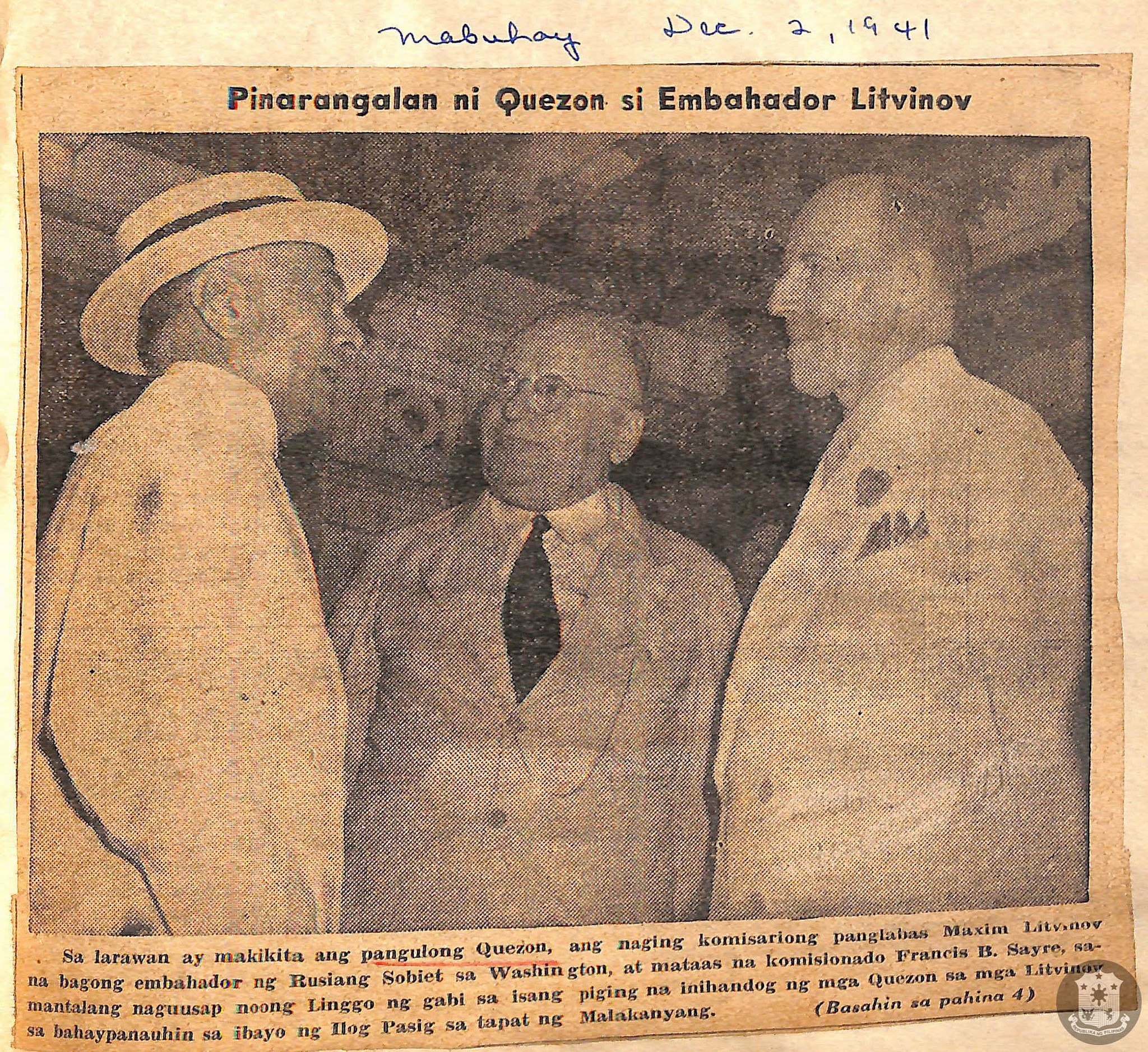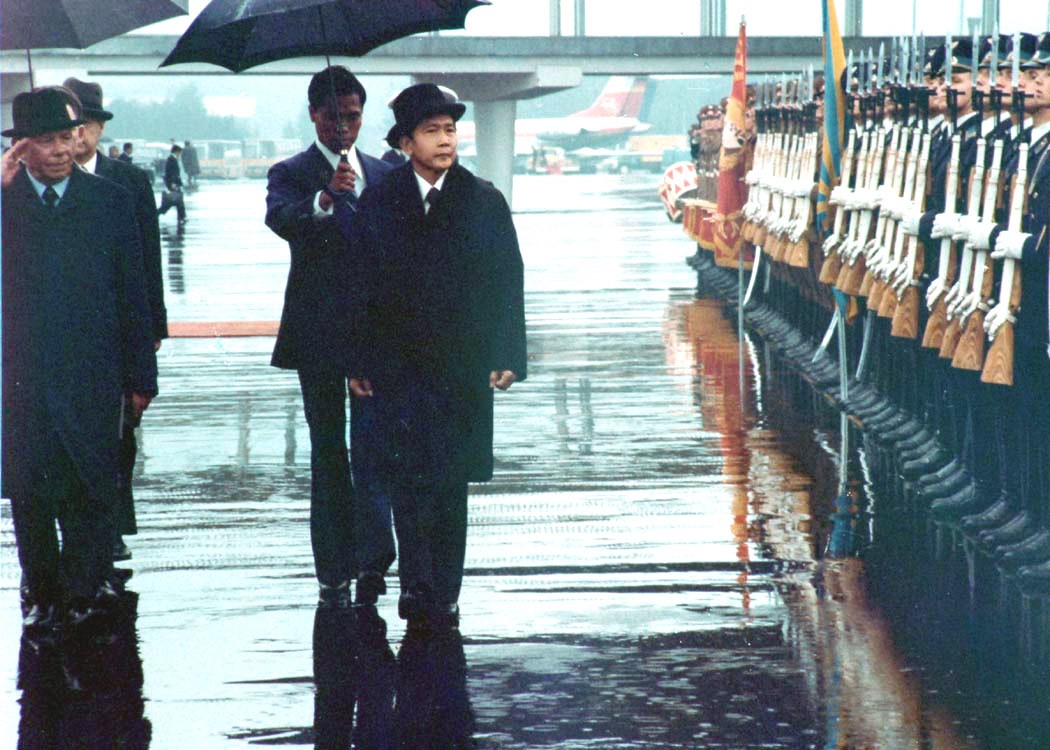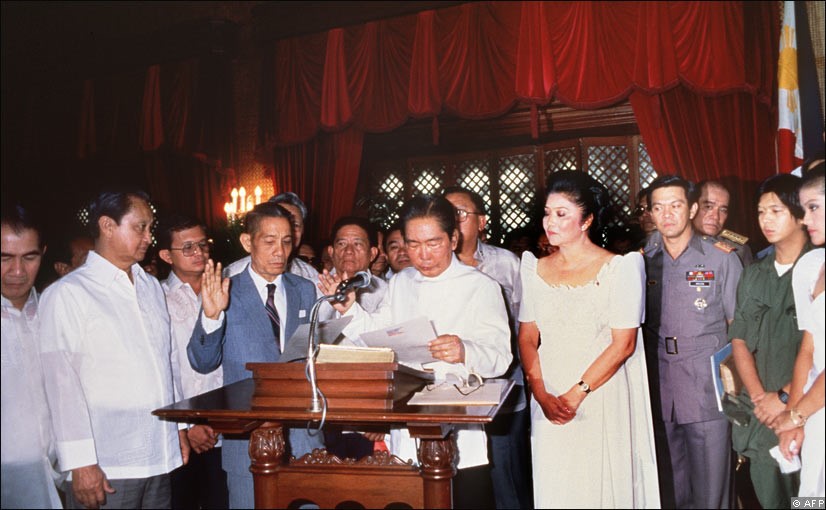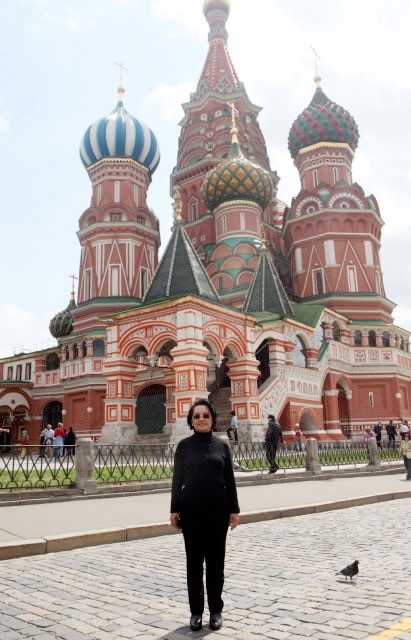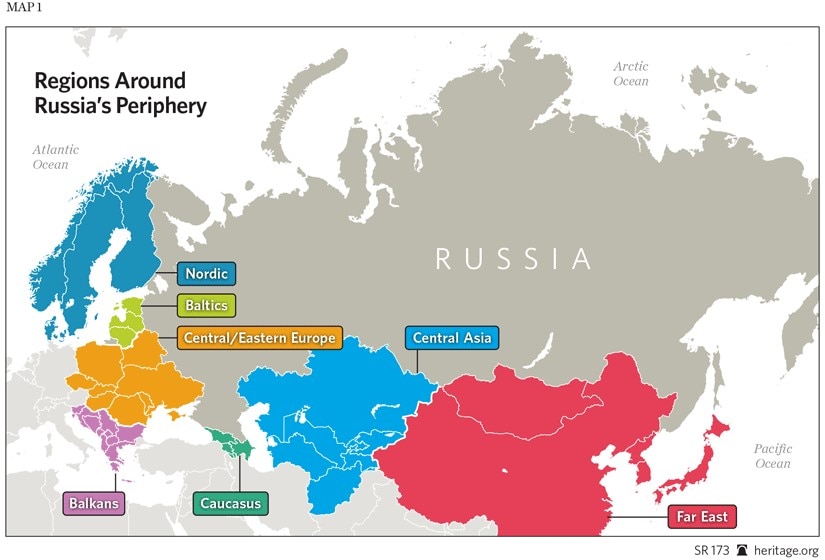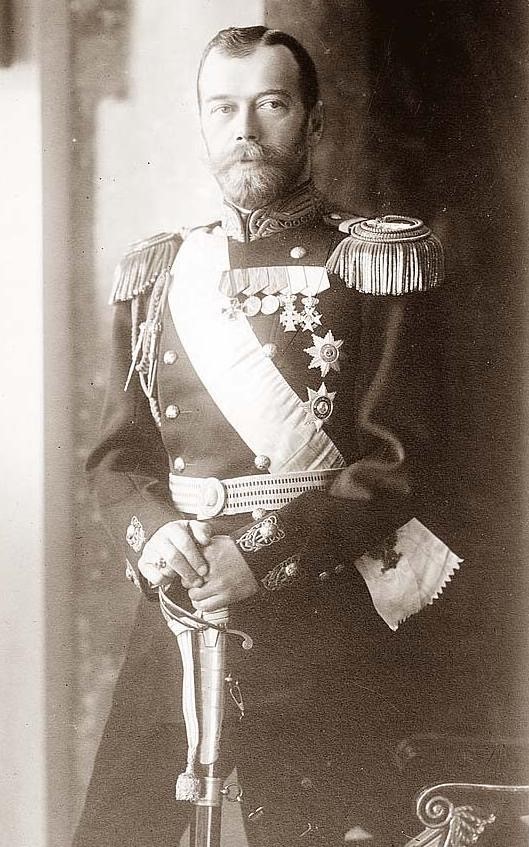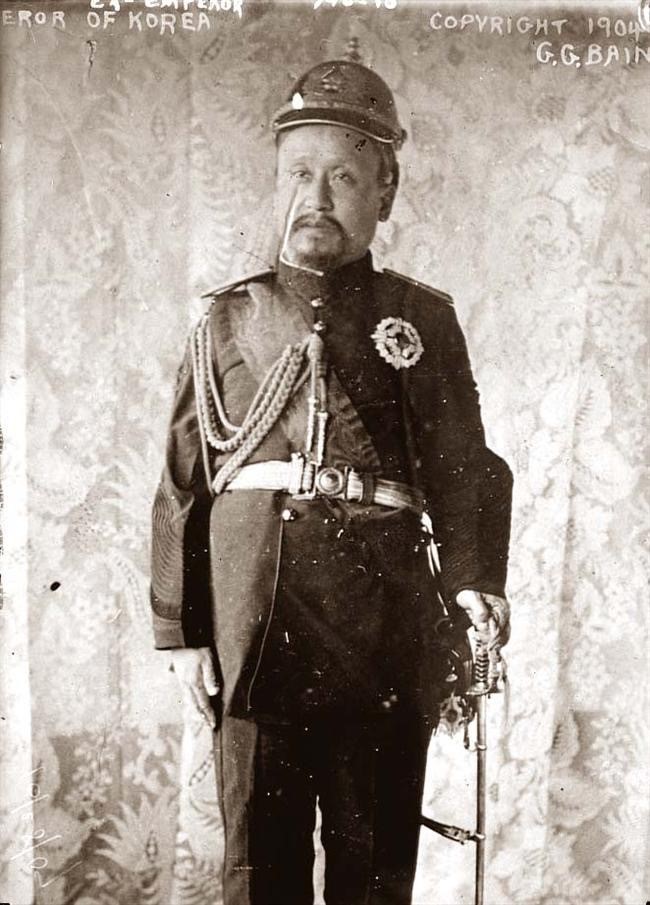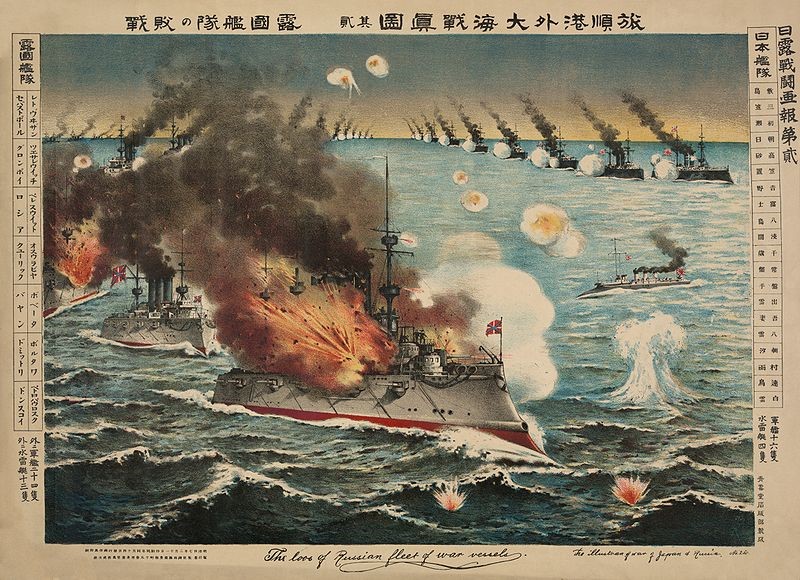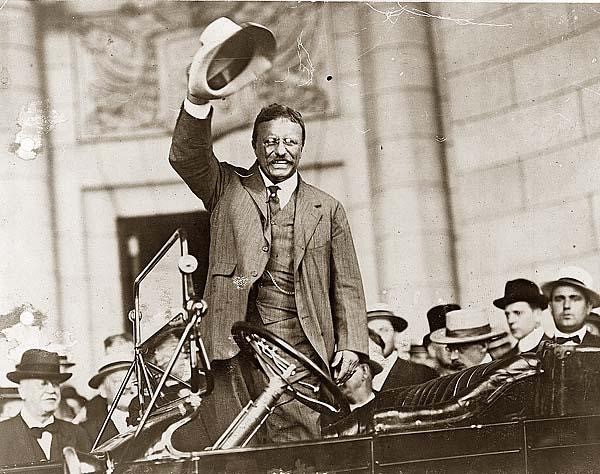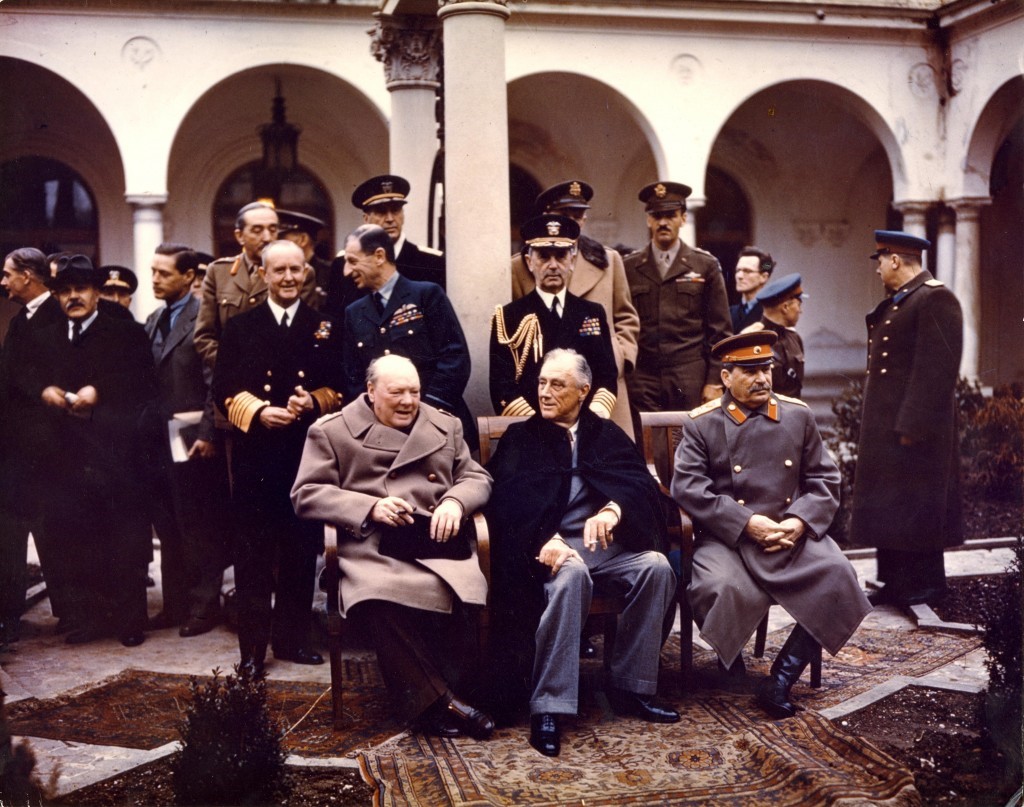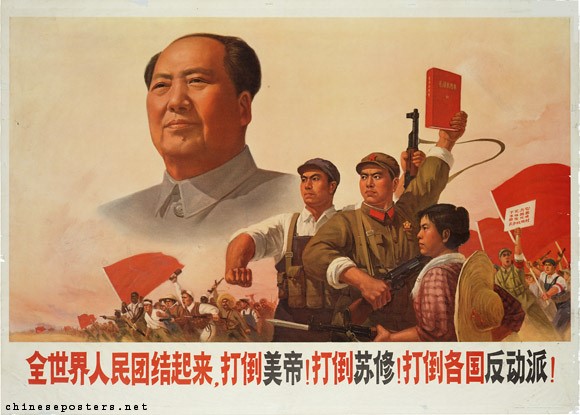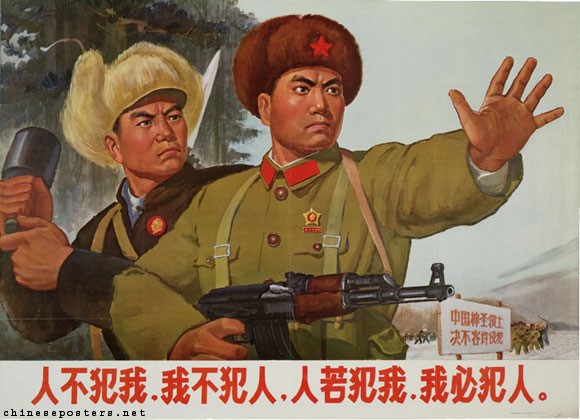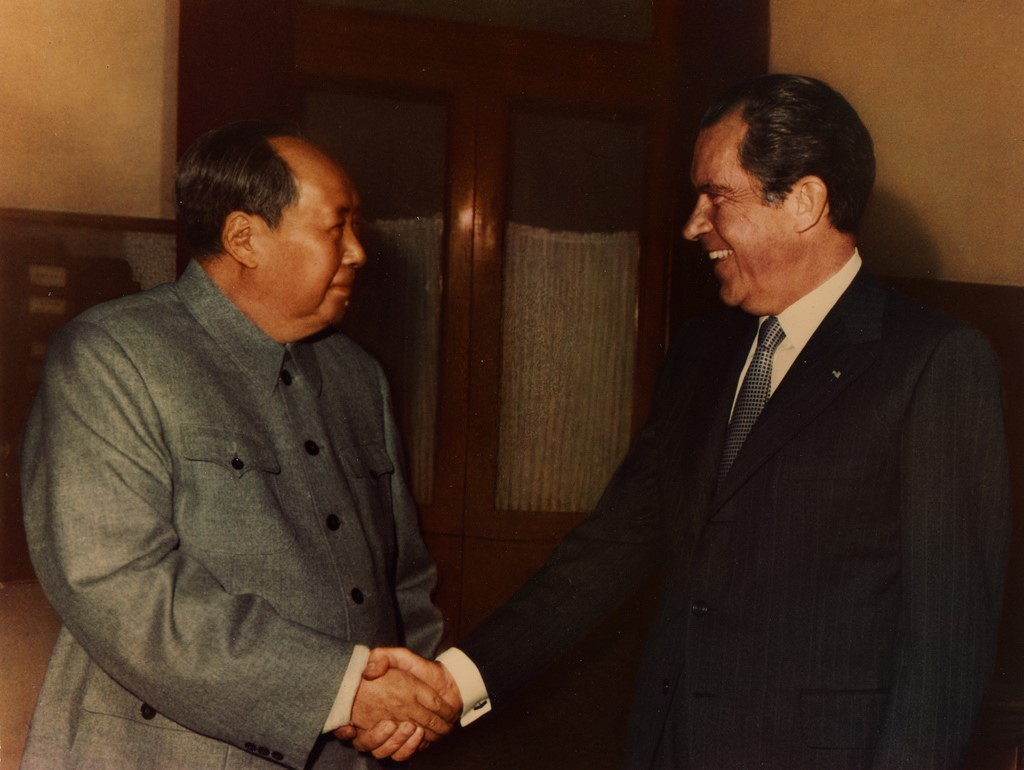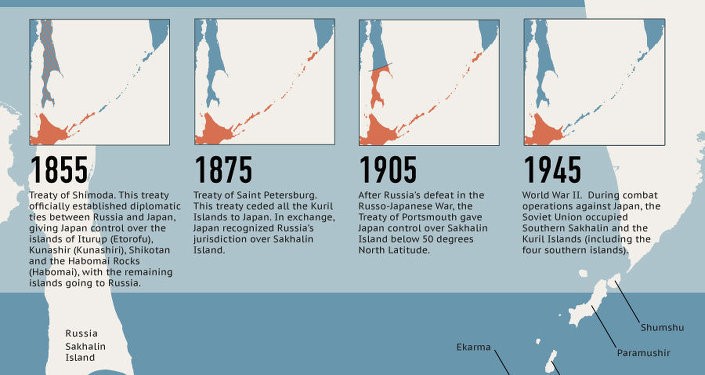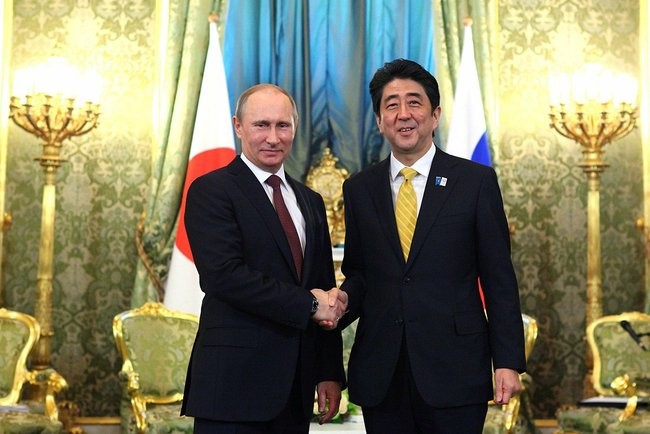PH-Russia relations: A long way to go
When the Russian ambassador scolded the Philippine media for not giving enough column inches and air time to the visit of his country’s warships, it only proved Philippine-Russian relations have a long way to go.
But it’s not as if we’ve never been on the Russian map before.
Before World War II, Soviet diplomats made Manila their stop. Here is the Soviet diplomat Maxim Litvinov in Manila on in December, 1941 shortly before the outbreak of the war.
But it was Ferdinand Marcos who opened up relations with the Soviet Union. Here he is visiting Moscow, in a photo by one of his official photographers. The era of détente meant that even the Philippines could open up to the People’s Republic of China and the USSR.
The USSR made a big mistake however when its ambassador became the only diplomat to attend Marcos’ last inauguration in Malacañan in February, 1986.
Even as late as the early 90s, Forbes Park went into a panic when there was a proposal to set up the Soviet embassy there. We forget that in those days, Cam Ranh Bay hosted a Soviet naval base, which was meant to be a foil to the US naval base in Subic.
But it was in the mid-2000s, when former President Arroyo was unhappy with the United States, that a new push to enhance relations with Russia –no more USSR by then—took place. But America was still riding high, Russia was still recovering from the breakup of the Soviet Union.
This map from the Heritage Foundation shows however, why Russia is now interested in our part of the world again. Last November, I wrote in my Explainer column in news.abs-cbn.com, that Russia announced it was again interested in Cam Ranh Bay. The map shows you Russia’s dilemma: it’s hemmed in on the West by the North Atlantic Treaty Organization (NATO) alliance, and in the East, by the rise of China and a strong Japan.
For a time, it seemed Russia would side with China since Japan has been a historic enemy of Russia. But then again, China, too, has been a historic enemy of Russia –with actual shooting up to fairly recently, too.
This map of Russia’s expansion in the East shows why. On one hand, much of its territory was gained at Chinese expense. But it also waged war against Japan.
This is Nicholas II, the last emperor of Russia. He dreamed of expanding Russia all the way to Korea.
Korea had long been in the orbit of China, but China was weak; and Japan, strong and confident, eliminated the last emperor of Korea (shown above) and turned the country into a colony.
The expansion of Japanese influence meant that Russia would collide with Japan, and open war broke out in 1905, leading to one of the greatest naval victories in a century –for Japan, at the battle of Tsushima Strait.
But this fellow came along, and put his foot down. He had engineered the conquest of the Philippines and he would be damned if he would let either Russia or China upset the balance of power. His name was Teddy Roosevelt.
It would take another Roosevelt–Franklin D. Roosevelt—to engineer Russia’s opportunity to get even with Japan. Uncertain if the atom bomb would work, he convinced the USSR to declare war on Japan. Which he did.
The USSR under Stalin would help communist rebels take power in China and North Korea. But by the late 1950s, China and Russia were arguing over Communist dogma and over which country would lead the global communist movement.
By the late 1960s, you had Chinese posters saying fight American imperialism and Soviet revisionism (feature online). Things were heating up.
By 1969, China provoked an actual armed confrontation with Russia. The CNN documentary the Cold War has stunning footage of these battles and how the Chinese would try to swarm the Russians in disputed river borders.
By 1970 you had Chinese posters like this (also featured online), saying if you attack us, we will attack you –meaning the Russians.
And this is why Nixon went to China because he saw an opportunity to divide and conquer. His making friends with China left Russia isolated. The result was Russia agreed on a treaty to limit nuclear missiles.
But, in the meantime, as this chart shows, Japan remained a problem for Russia. To this day, no formal peace treaty ending World War II has been signed. But the enemy of your enemy is your friend, as the saying goes.
And as Japan and Russia see America receding from the scene, and China aggressively moving to assert its supremacy in Asia, these two leaders –Prime Minister Abe and President Putin here in an official photo—are on the verge of a truly historic understanding.
They are poised to open up relations by focusing on economic agreements that build trust to find a win-win to the question over Japanese territory seized by Russia after World War II.
As they say, follow the money. China’s Silk Road is a noose that threatens to strangle the economies of Russia and Japan. To be allies now, provides both Russia and Japan resources and hard cash.
Which leads to the question: do our foreign policymakers here at home see what’s going on? There’s even the possibility Uncle Sam isn’t bothered by a Russo-Japanese partnership to keep China in check. By all accounts, top policy reflects the closeness between China and Russia some years back: But does it reflect the growing warmth between Tokyo and Moscow? Something to consider as Prime Minister Abe sets out to visit Manila.
